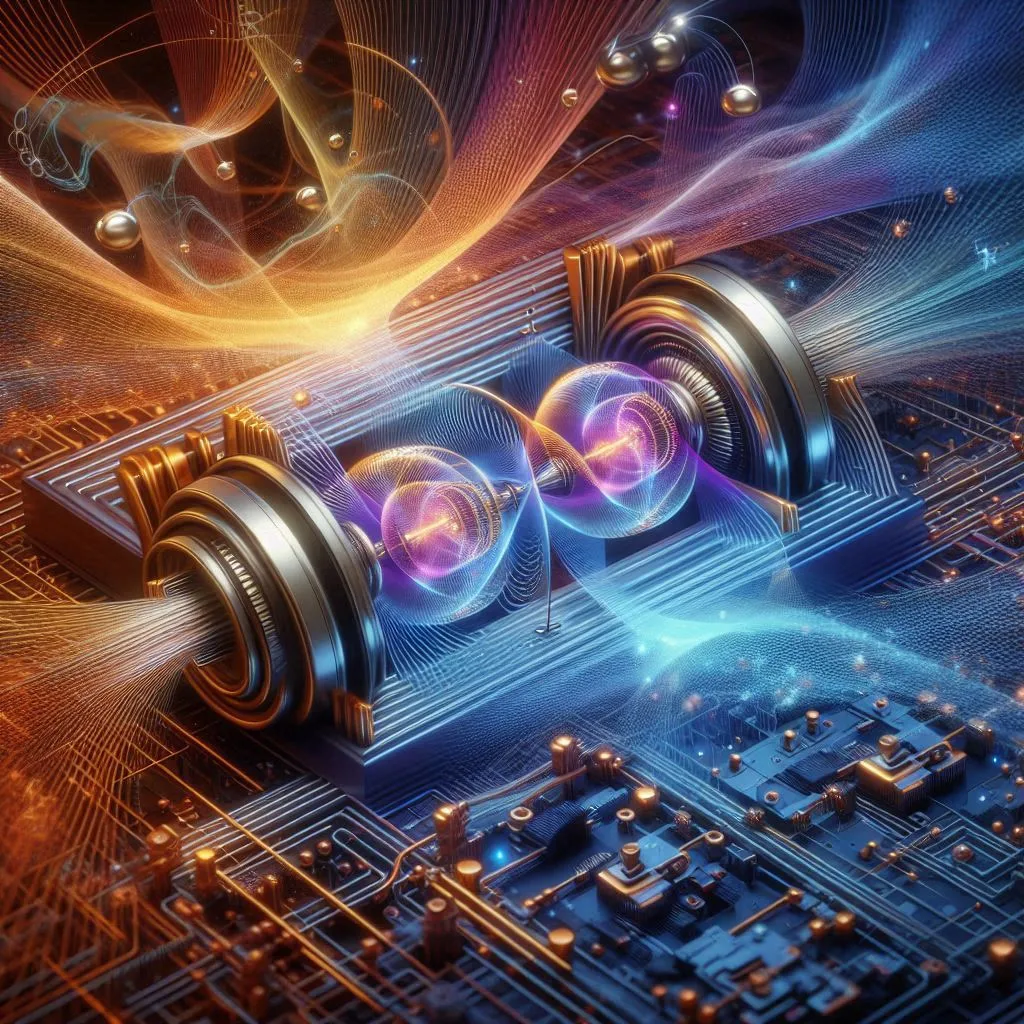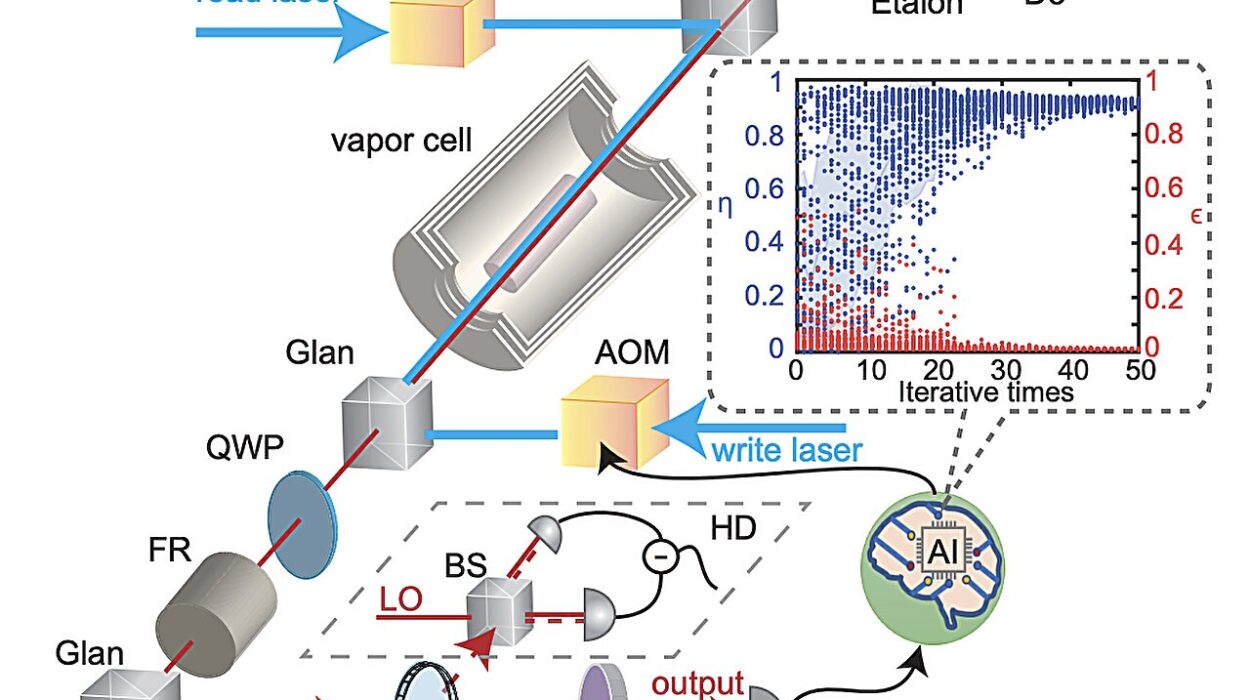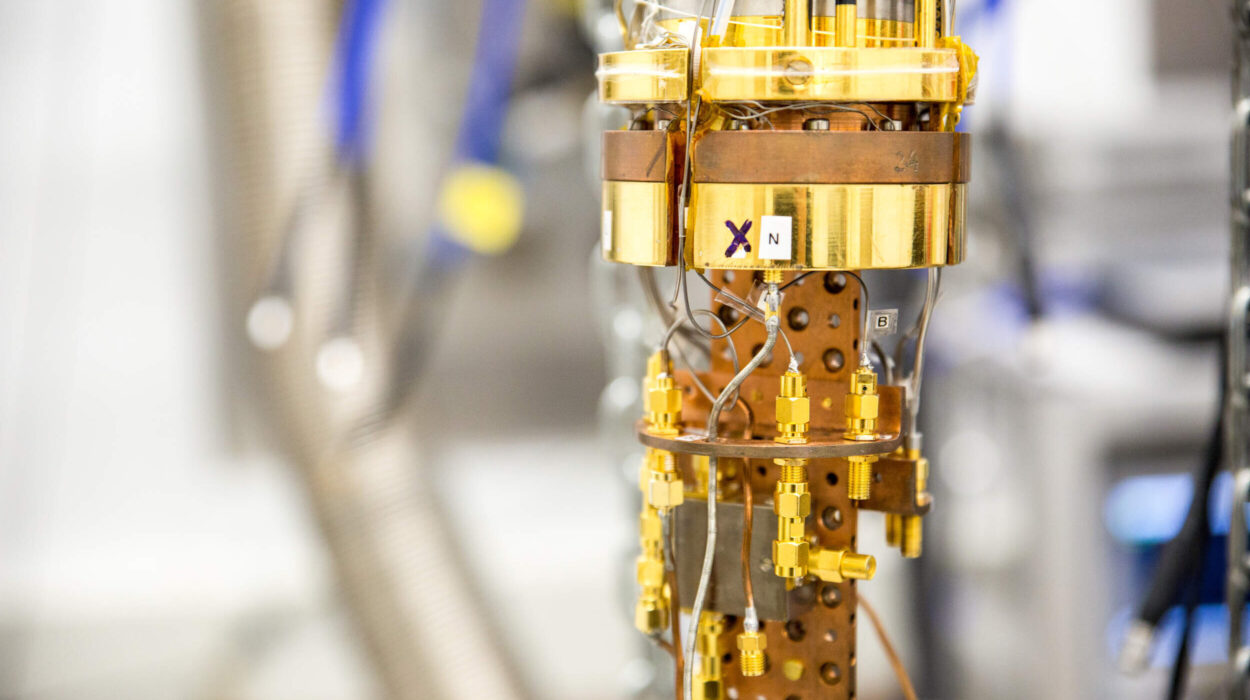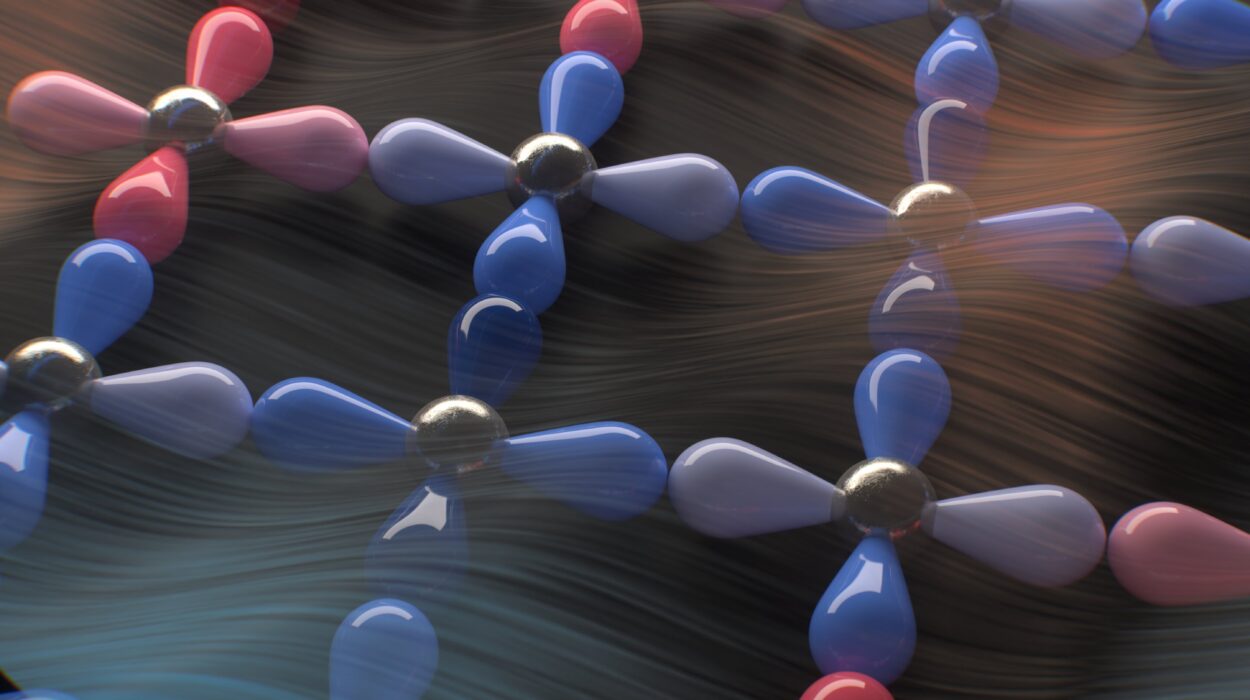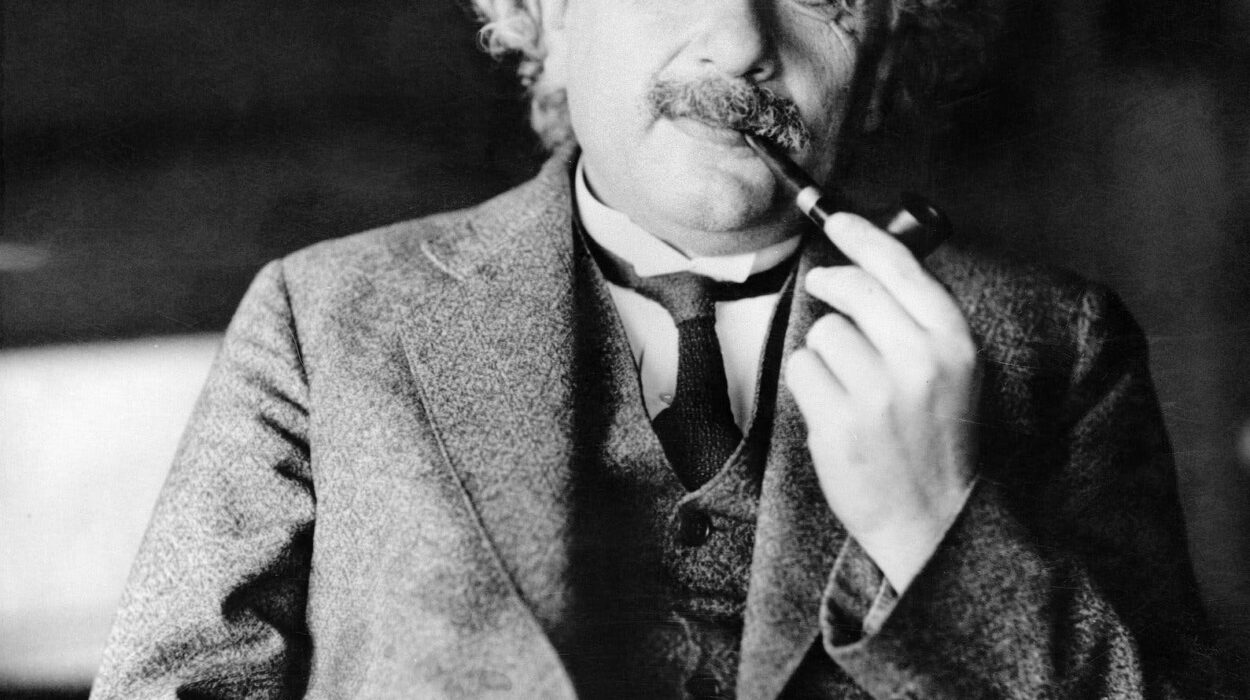In a world racing toward smarter, faster, and greener technologies, the future of energy may lie not in better chemistry, but in a fundamental rethinking of how energy itself is stored and transferred. That rethinking has brought us to the cutting edge of a field as mysterious as it is promising: quantum batteries.
While the term might sound like science fiction, researchers at PSL Research University and the University of Pisa have taken a critical step toward making it reality. Their latest study, published in Physical Review Letters, introduces a theoretically simple but powerful model of a quantum battery—one that doesn’t just mimic classical batteries on a tiny scale but outperforms them using the strange rules of quantum physics.
More impressively, this battery reaches the quantum speed limit—the ultimate ceiling on how fast a quantum system can operate—marking what the researchers claim is the first rigorous proof of a true quantum advantage in a solvable energy storage model.
Quantum Batteries: The Future of Energy Storage?
At its core, a quantum battery is not just a tinier or cooler version of what powers your phone. It’s a conceptual leap. Rather than using electrochemical reactions to store energy, quantum batteries leverage quantum mechanical properties like superposition, entanglement, and coherence—effects that only emerge at the atomic and subatomic scale.
In theory, these quantum quirks can be harnessed to store energy more efficiently, reduce charging times, and enable rapid, synchronized energy transfer in networks of quantum devices. This makes them a natural candidate for future technologies, from quantum computing to nanomachinery and advanced medical devices.
Yet until now, most proposed quantum batteries have suffered from a problem: they didn’t actually perform better than their classical equivalents when closely examined. Their so-called “quantum advantage” was more hypothetical than practical.
A Breakthrough Through Simplicity
That’s where the new research stands out. While previous work focused on mathematically complex systems like the Sachdev–Ye–Kitaev (SYK) model, which is notoriously difficult to study and implement, this team sought a different route: simplicity with purpose.
“We wanted to find the simplest possible quantum battery model that actually shows a real quantum advantage,” said Vittoria Stanzione and Gian Marcello Andolina, co-authors of the paper.
Their model is delightfully minimalist: it uses two coupled harmonic oscillators—a concept straight from high school physics. Think of one oscillator as the charger and the other as the battery. But the secret lies in how these two components talk to each other.
Instead of interacting in a basic, linear way (like a pendulum swinging back and forth), the system uses an anharmonic coupling. This special interaction allows the oscillators to enter into entangled states—those eerie quantum conditions where two particles act as one, no matter how far apart they are. Through this interaction, the battery accesses a “shortcut” through Hilbert space (the abstract mathematical universe where quantum systems live), allowing for faster and more efficient charging.
Measuring the Advantage: Quantum vs. Classical
Proving a quantum system is faster isn’t as simple as watching it charge. The researchers had to compare their quantum battery directly against a classical analog—a system governed by Newtonian physics—and subject both to the same energy constraints.
They used a rigorous benchmark developed by physicists including Maciej Lewenstein at the Institute of Photonic Sciences (ICFO) in Barcelona. The result? The quantum model didn’t just win—it reached the theoretical quantum speed limit, a milestone few imagined could be achieved in such a simple system.
“To the best of our knowledge, this work provides the first rigorous certification of a genuine quantum advantage in a solvable model,” said the researchers. That’s not a small claim. It means this isn’t just an impressive simulation—it’s a mathematically provable leap ahead of classical physics.
From Theory to Laboratory: A Long but Promising Road
As with much of quantum physics, the road from theory to reality is steep, but not insurmountable. The proposed battery hasn’t yet been built, but the team is optimistic that it could be realized with existing experimental technologies.
One promising path involves superconducting circuits, electrical systems that operate with zero resistance at very low temperatures. These circuits are already used in quantum computing platforms—like those developed by Google, IBM, and others—and offer the precise control needed to manipulate quantum states.
“We now plan to collaborate with experimental groups in the future to pursue a proof-of-principle realization,” said the authors. “At the same time, the development of a fully functional quantum battery—integrated with other quantum technologies—remains a distant goal.”
Still, the door has been opened. And what lies beyond could change how we think about energy—not just in physics labs, but across the technology landscape.
Why This Matters Beyond the Lab
This research is more than a quirky science headline—it has the potential to shape the future of energy storage at the smallest scales. Imagine quantum computers with integrated quantum batteries that charge in seconds instead of hours. Picture medical nanobots powered by bursts of quantum-charged energy, or space probes equipped with ultra-light, ultra-fast recharging power cells.
The implications extend far beyond consumer tech. As energy demands rise and our world grows increasingly digital and miniaturized, the ability to store and transfer energy with quantum-level precision and efficiency could redefine what’s possible in science, medicine, and industry.
A Glimpse into Tomorrow’s Energy
The strange world of quantum physics has already rewritten our understanding of information, computation, and communication. Now, it’s turning its attention to energy.
In the elegant hum of two coupled oscillators—one charging, one receiving—researchers have found a whisper of the future. A battery, not made of metal or acid, but of mathematics and possibility. A device that doesn’t just store energy, but stretches our imagination about what energy is, and how it can be moved through time.
The age of the quantum battery isn’t here yet—but it’s coming. And thanks to a deceptively simple model and the minds behind it, that future feels closer, clearer, and more electrifying than ever.
Reference: Gian Marcello Andolina et al, Genuine Quantum Advantage in Anharmonic Bosonic Quantum Batteries, Physical Review Letters (2025). DOI: 10.1103/kzvn-dj7v. On arXiv: arxiv.org/abs/2409.08627
